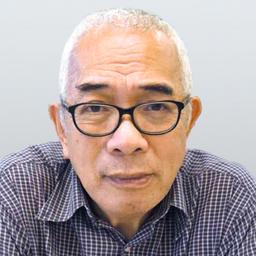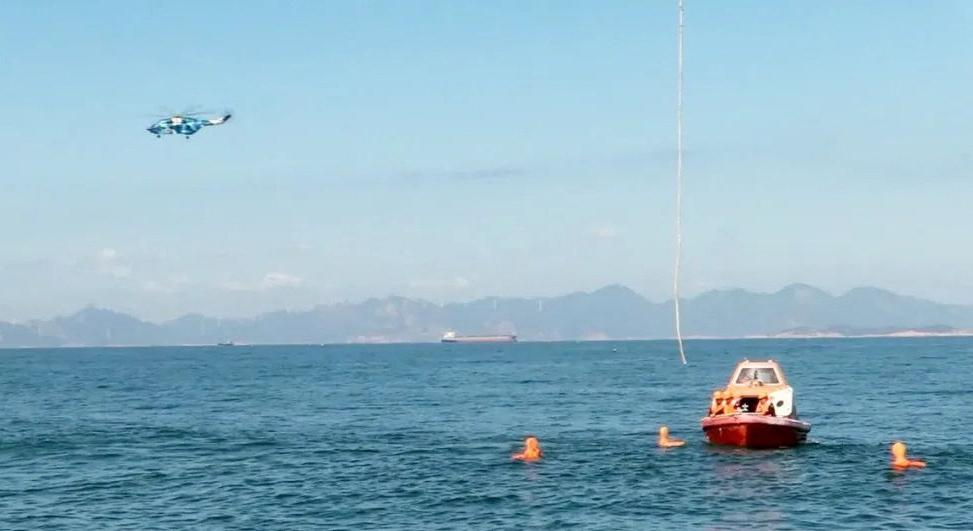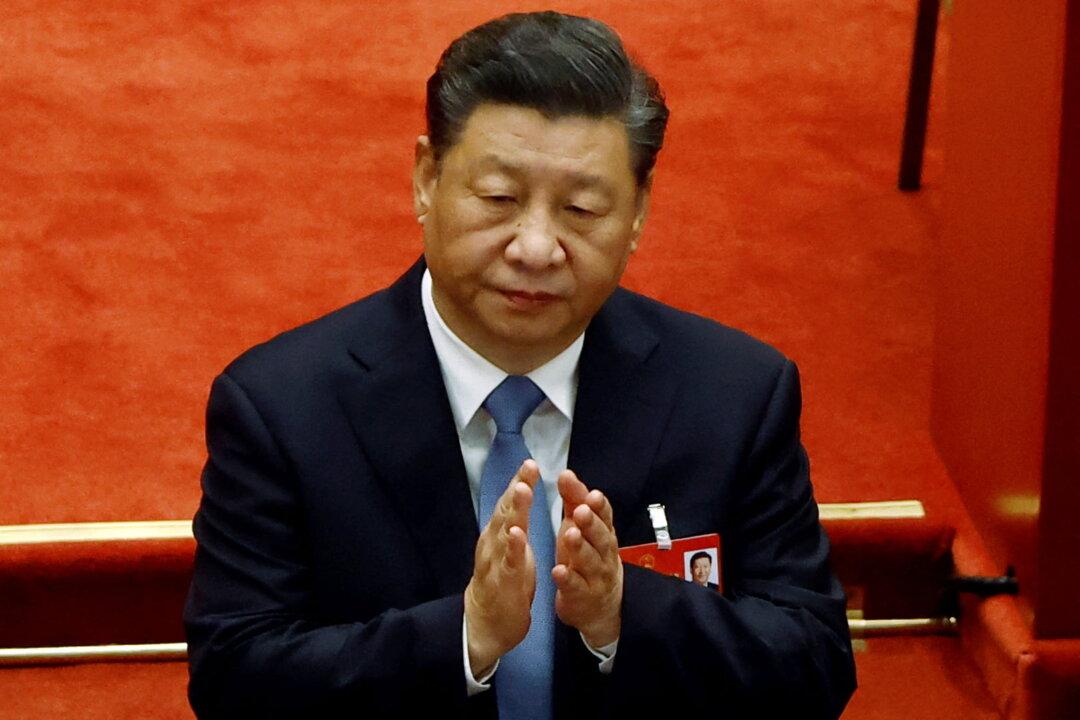Commentary
The Chinese Communist Party (CCP) is marking its 100th anniversary with extra-tight security. Not only are troops deployed into the capital to beef up security, but also bans were imposed against toy-grade flying objects such as drones and even kites. Its Propaganda Department rolled out programs to indoctrinate people with the so-called “revolutionary spirit of the Party,” such as the “May Fourth spirit” which gave rise to the party, and the “Long March spirit” which epitomized the hardship it had gone through. Such “spirits” were invoked to project a glamorous picture of its own history, yet are full of falsehood.





